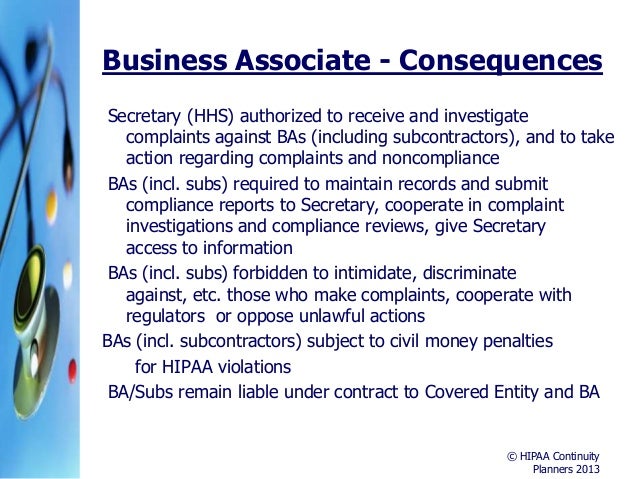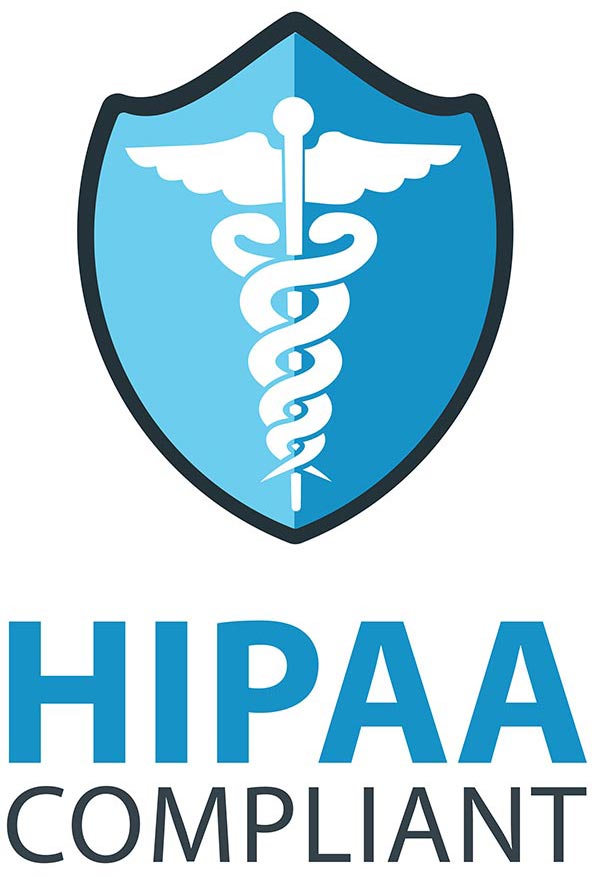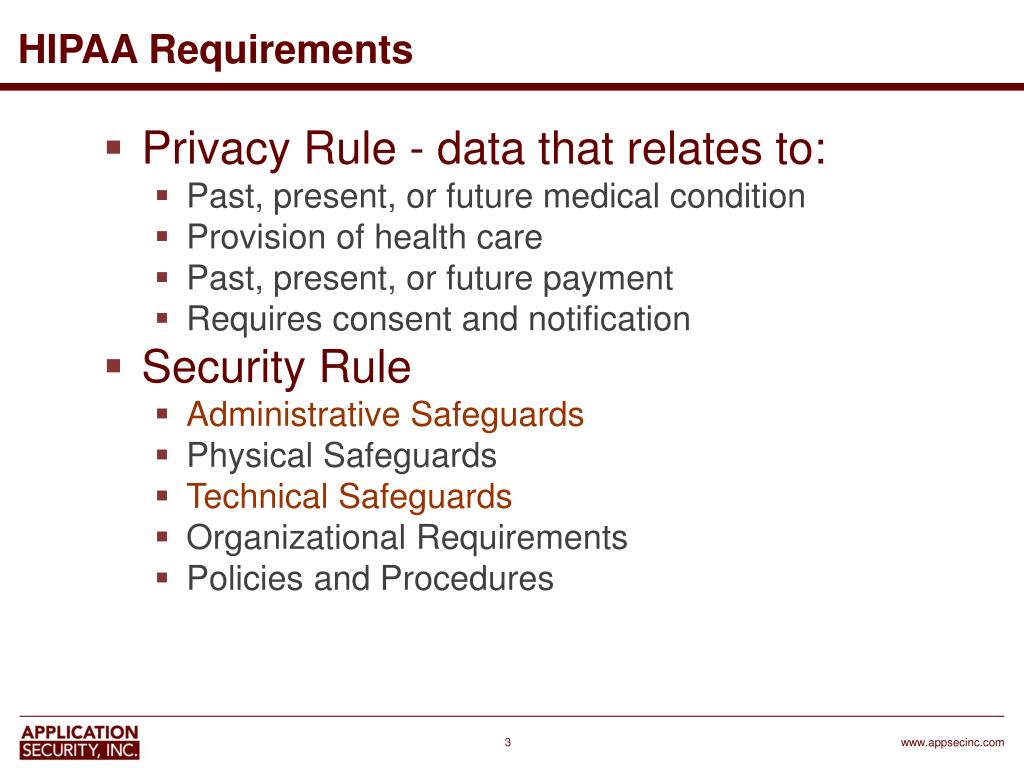

- Under hipaa retrospective research serial#
- Under hipaa retrospective research full#
- Under hipaa retrospective research code#
It is important to note that this information is still protected health information (PHI) under HIPAA.

Under hipaa retrospective research code#
State, city, and five digit or more zip code. 
Dates such as admission, discharge, service, DOB, DOD.Biometric identifiers (finger and voice prints).
Under hipaa retrospective research serial#
Vehicle identifiers and serial numbers,. Postal address information (other than town or city, state, and ZIP Code). A limited data set under the HIPAA Privacy Rule may not include: Limited Data Set: A limited data set excludes specific direct identifiers of the individual and may be disclosed to a researcher through a data use agreement for research, public health or health care operations. Any other unique identifying number, characteristic, or code, except as permitted under HIPAA to re-identify data. Under hipaa retrospective research full#
Full face photographic images and any comparable images.
 Biometric identifiers, including finger and voice prints. Dates (except year) directly related to patient. Geographic subdivisions smaller than a State. HIPAA Identifiers: The eighteen HIPAA Identifiers are: The Common Rule was derived from the first of four subparts of the DHHS regulations for the protection of human subjects. De-identified data is not "anonymous data" under the Common Rule.Ĭommon Rule: Seventeen federal departments and agencies agreed to adopt basic human subject protections regulations published in 1991 as the Common Rule. The duration of the authorization (expiration date or event)ĭe-identified Data: De-identified data excludes all eighteen HIPAA Identifiers. The purposes of the used or disclosed PHI. HIPAA Research Authorization: The Research Authorization required under the HIPAA Privacy Rule is a written patient authorization that must specify: The HIPAA Privacy Rule permits disclosure of PHI only for TPO or when regulatory exception applies (e.g. TPO: TPO is treatment, payment and health care operations. PHI is any health information that identifies an individual.Ĭovered Entity: Covered Entities under the HIPAA Privacy Rule are Health Care Providers, Health Plans and Health Care Clearinghouses. PHI is health information created or received by a Covered Entity or an employer that relates to past, present, or future physical or mental health condition, provision of or payment for health care. HIPAA Privacy Rule: HIPAA required comprehensive health information privacy regulations the Final HIPAA Privacy Rule was issued Aug(requiring compliance by April 14, 2003). HIPAA: Health Insurance Portability and Accountability Act of 1996. HIPAA Privacy Officers Contact Information. HIPAA forms are available in the eIRB Library and in the HIPAA Forms section of the Forms page. A separate ICF and RAF will no longer be accepted.įor existing studies, at continuing review investigators can convert to the combined ICF/RAF document or continue to use a separate ICF and RAF. At Tufts University, HIPAA applies to Tufts University School of Dental Medicine, Student Services in the Medford/Somerville Campus, and if a researcher at Tufts University generates protected health information at a covered entity.įor all new studies submitted after April 1, 2012, if HIPAA applies, a combined ICF/RAF document must be submitted. Tufts University is a hybrid entity, which means parts of Tufts University are subject to HIPAA and parts are not. All research at Tufts Medical Center is subject to HIPAA. Tufts Medical Center is a covered entity. HHS Centers for Medicine and Medicaid Services. There is much information on this Act regarding how it impacts patient care and human subject research and the protected health information of these persons: T he Health Insurance Portability and Accountability Act (HIPAA) of 1996 mandates privacy and confidentiality protections for human research subjects.
Biometric identifiers, including finger and voice prints. Dates (except year) directly related to patient. Geographic subdivisions smaller than a State. HIPAA Identifiers: The eighteen HIPAA Identifiers are: The Common Rule was derived from the first of four subparts of the DHHS regulations for the protection of human subjects. De-identified data is not "anonymous data" under the Common Rule.Ĭommon Rule: Seventeen federal departments and agencies agreed to adopt basic human subject protections regulations published in 1991 as the Common Rule. The duration of the authorization (expiration date or event)ĭe-identified Data: De-identified data excludes all eighteen HIPAA Identifiers. The purposes of the used or disclosed PHI. HIPAA Research Authorization: The Research Authorization required under the HIPAA Privacy Rule is a written patient authorization that must specify: The HIPAA Privacy Rule permits disclosure of PHI only for TPO or when regulatory exception applies (e.g. TPO: TPO is treatment, payment and health care operations. PHI is any health information that identifies an individual.Ĭovered Entity: Covered Entities under the HIPAA Privacy Rule are Health Care Providers, Health Plans and Health Care Clearinghouses. PHI is health information created or received by a Covered Entity or an employer that relates to past, present, or future physical or mental health condition, provision of or payment for health care. HIPAA Privacy Rule: HIPAA required comprehensive health information privacy regulations the Final HIPAA Privacy Rule was issued Aug(requiring compliance by April 14, 2003). HIPAA: Health Insurance Portability and Accountability Act of 1996. HIPAA Privacy Officers Contact Information. HIPAA forms are available in the eIRB Library and in the HIPAA Forms section of the Forms page. A separate ICF and RAF will no longer be accepted.įor existing studies, at continuing review investigators can convert to the combined ICF/RAF document or continue to use a separate ICF and RAF. At Tufts University, HIPAA applies to Tufts University School of Dental Medicine, Student Services in the Medford/Somerville Campus, and if a researcher at Tufts University generates protected health information at a covered entity.įor all new studies submitted after April 1, 2012, if HIPAA applies, a combined ICF/RAF document must be submitted. Tufts University is a hybrid entity, which means parts of Tufts University are subject to HIPAA and parts are not. All research at Tufts Medical Center is subject to HIPAA. Tufts Medical Center is a covered entity. HHS Centers for Medicine and Medicaid Services. There is much information on this Act regarding how it impacts patient care and human subject research and the protected health information of these persons: T he Health Insurance Portability and Accountability Act (HIPAA) of 1996 mandates privacy and confidentiality protections for human research subjects.








 0 kommentar(er)
0 kommentar(er)
